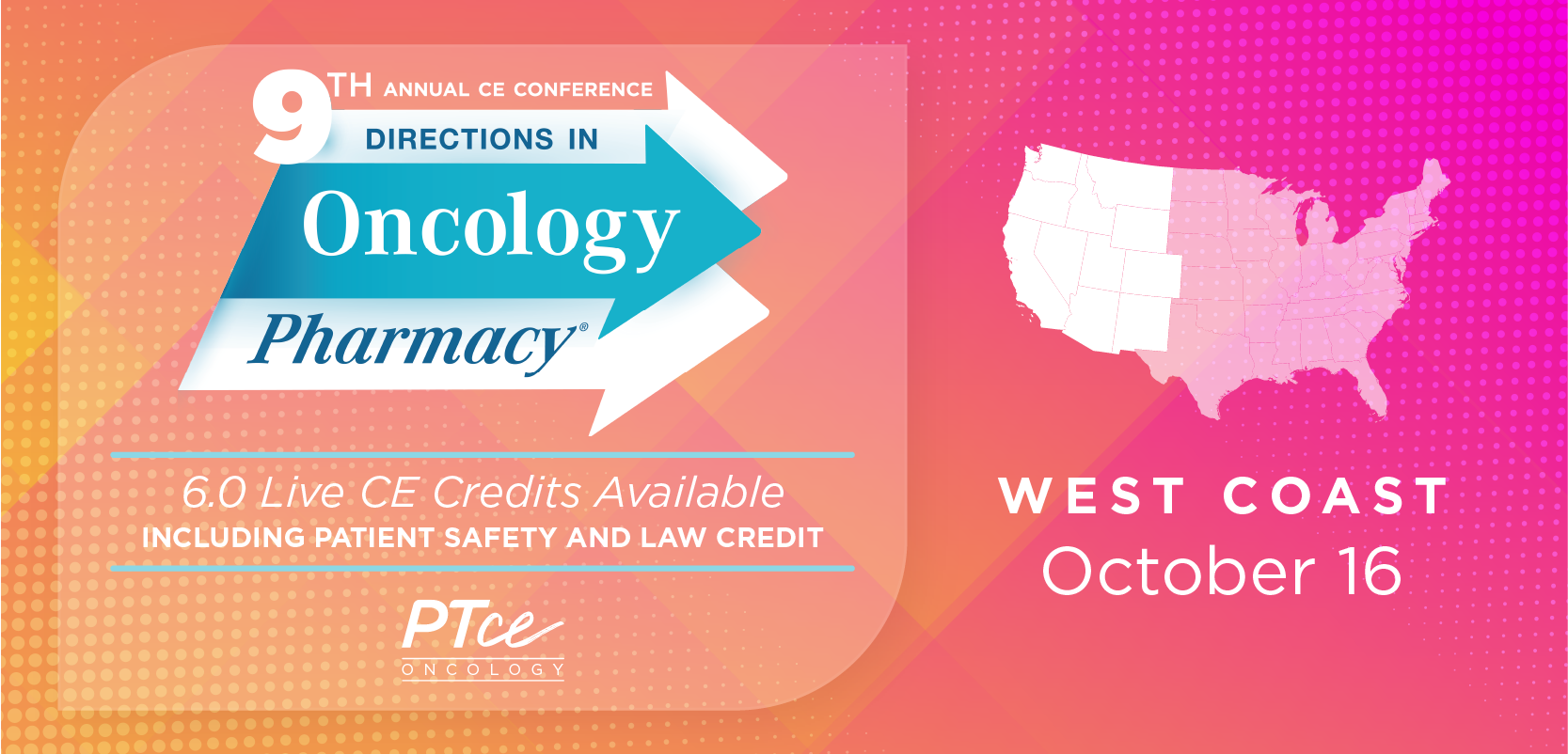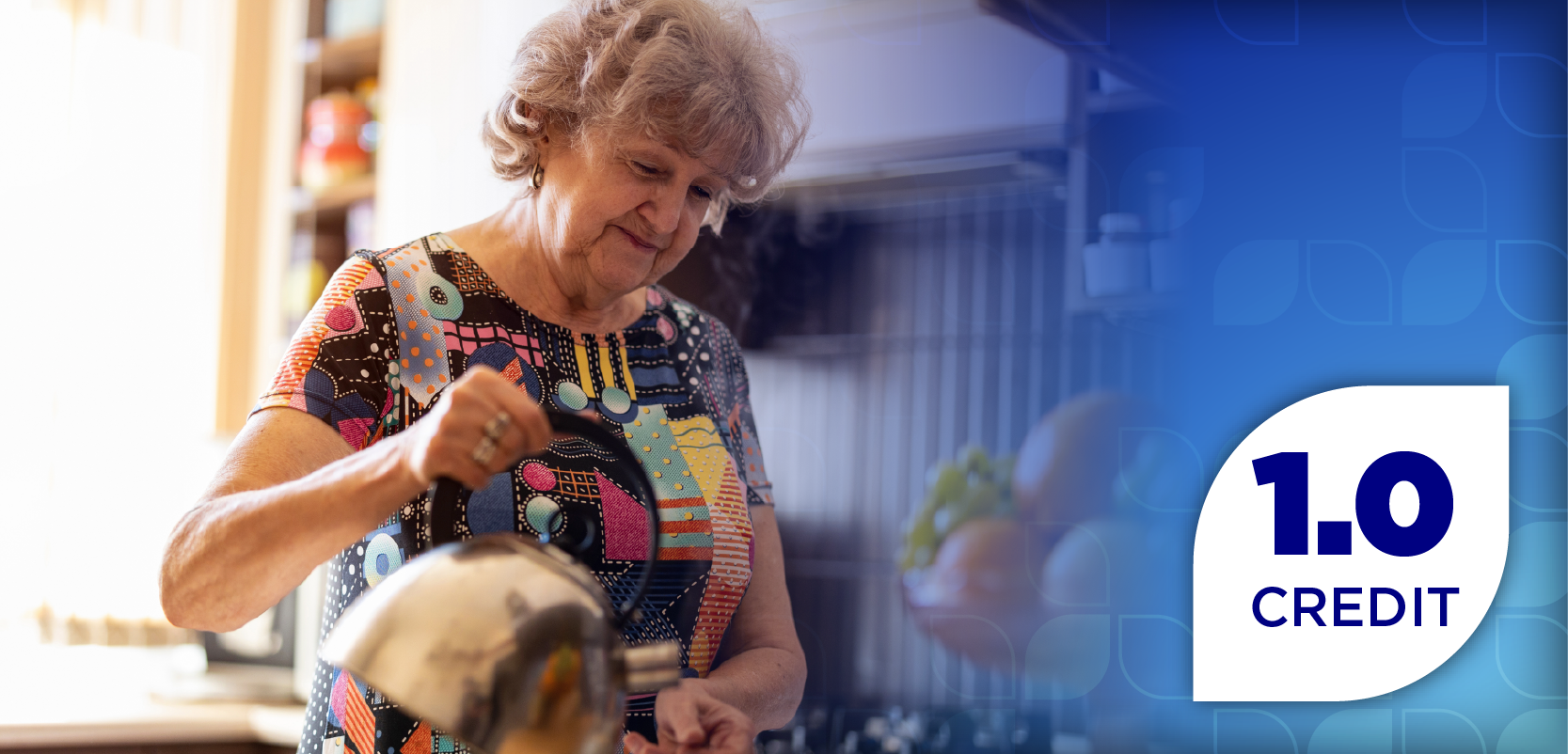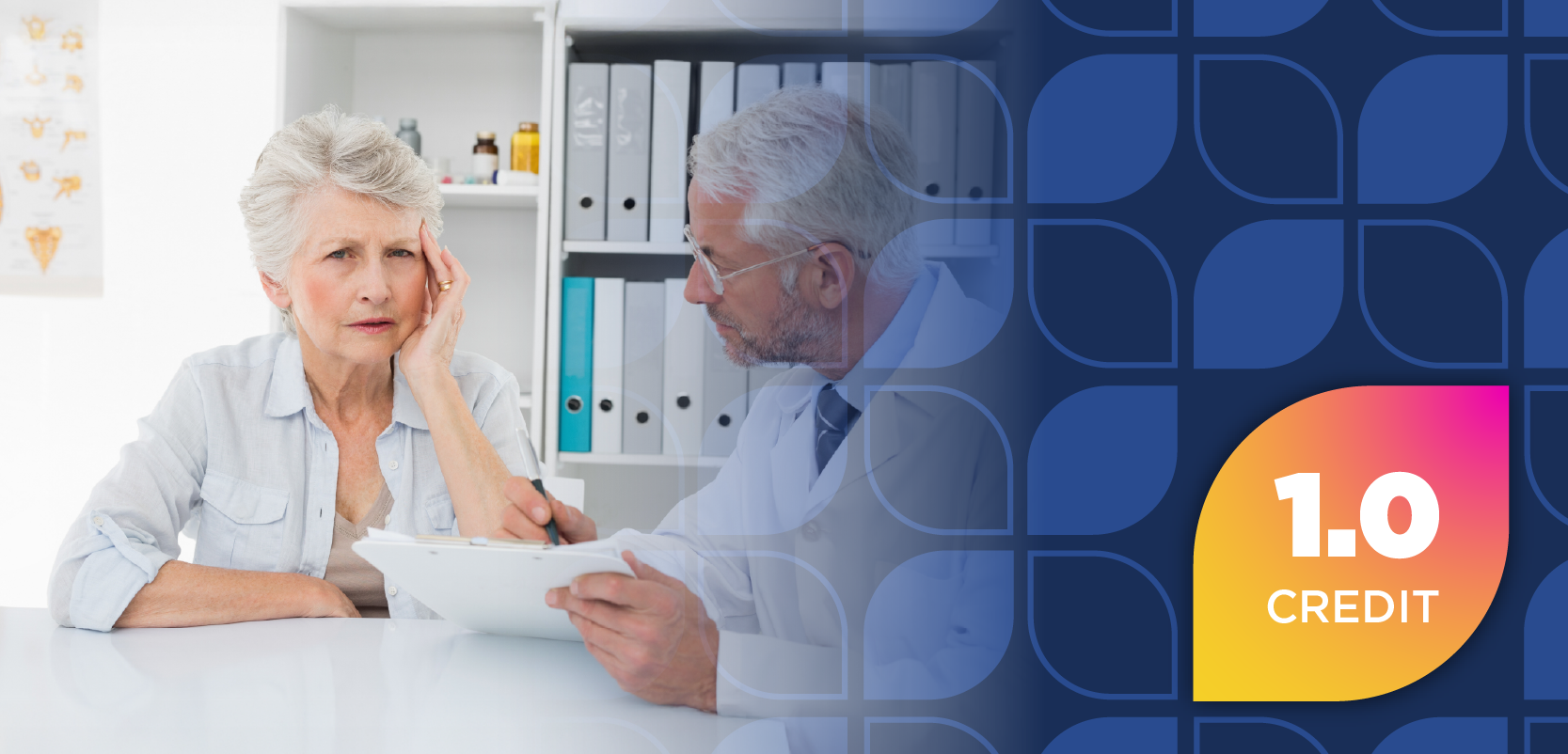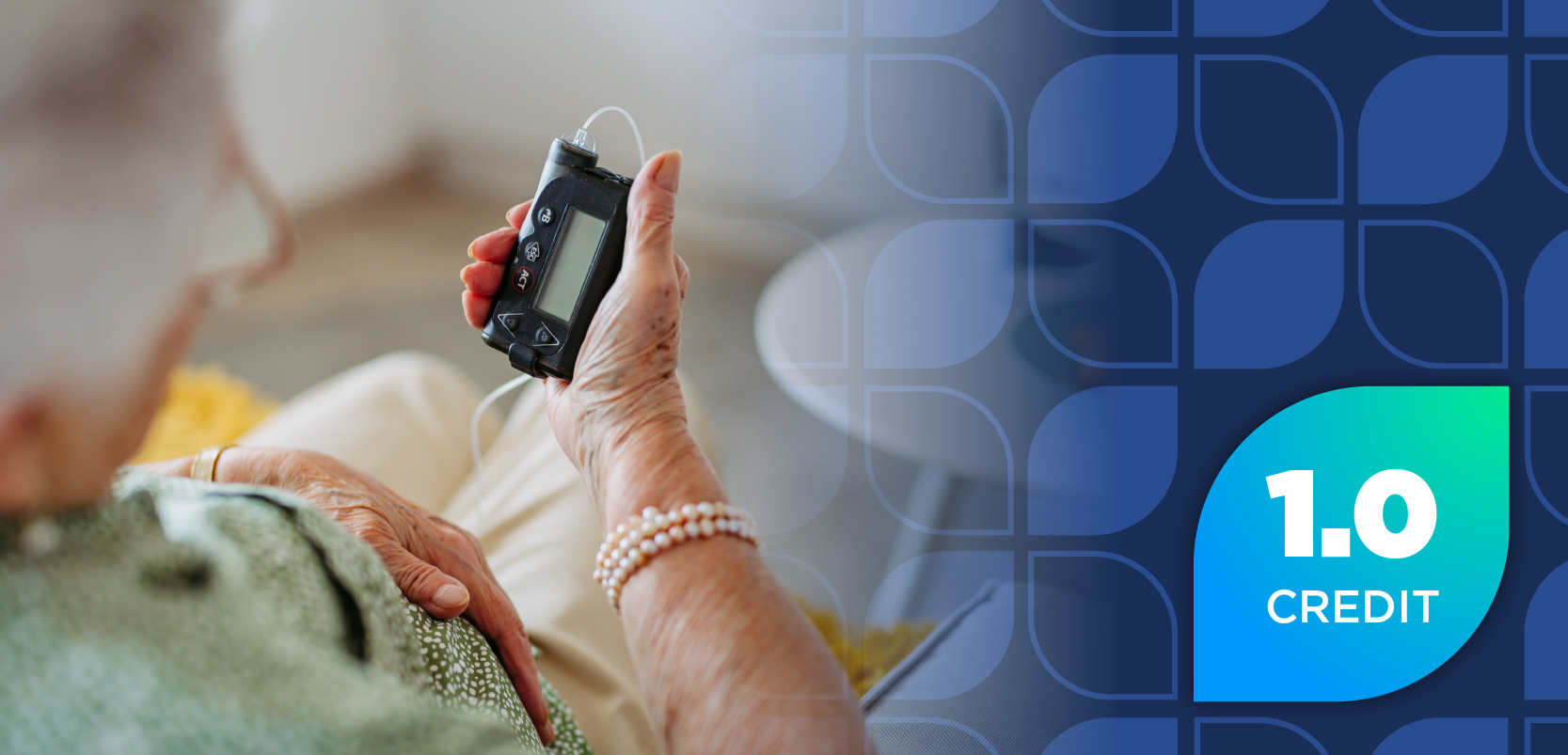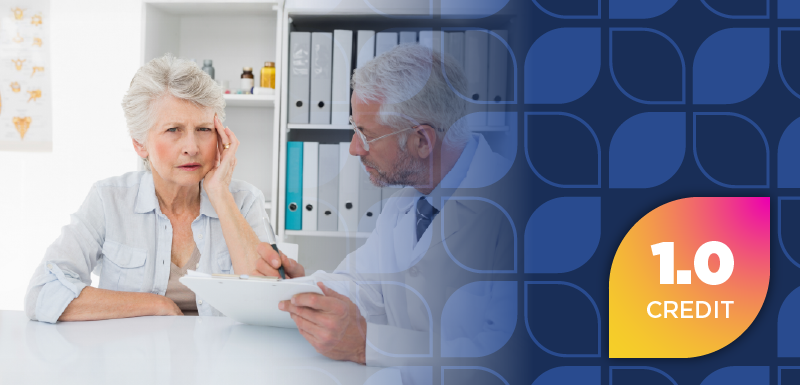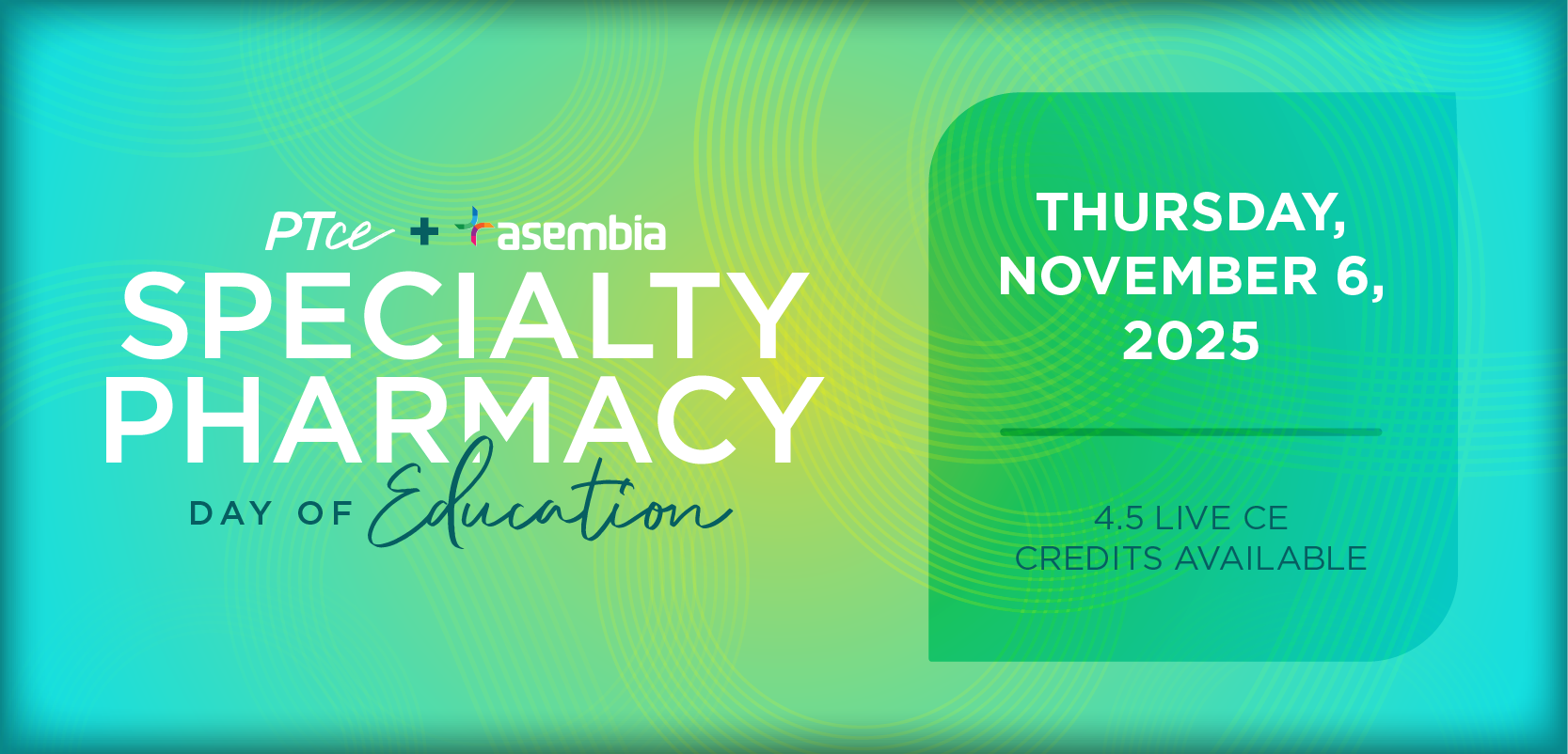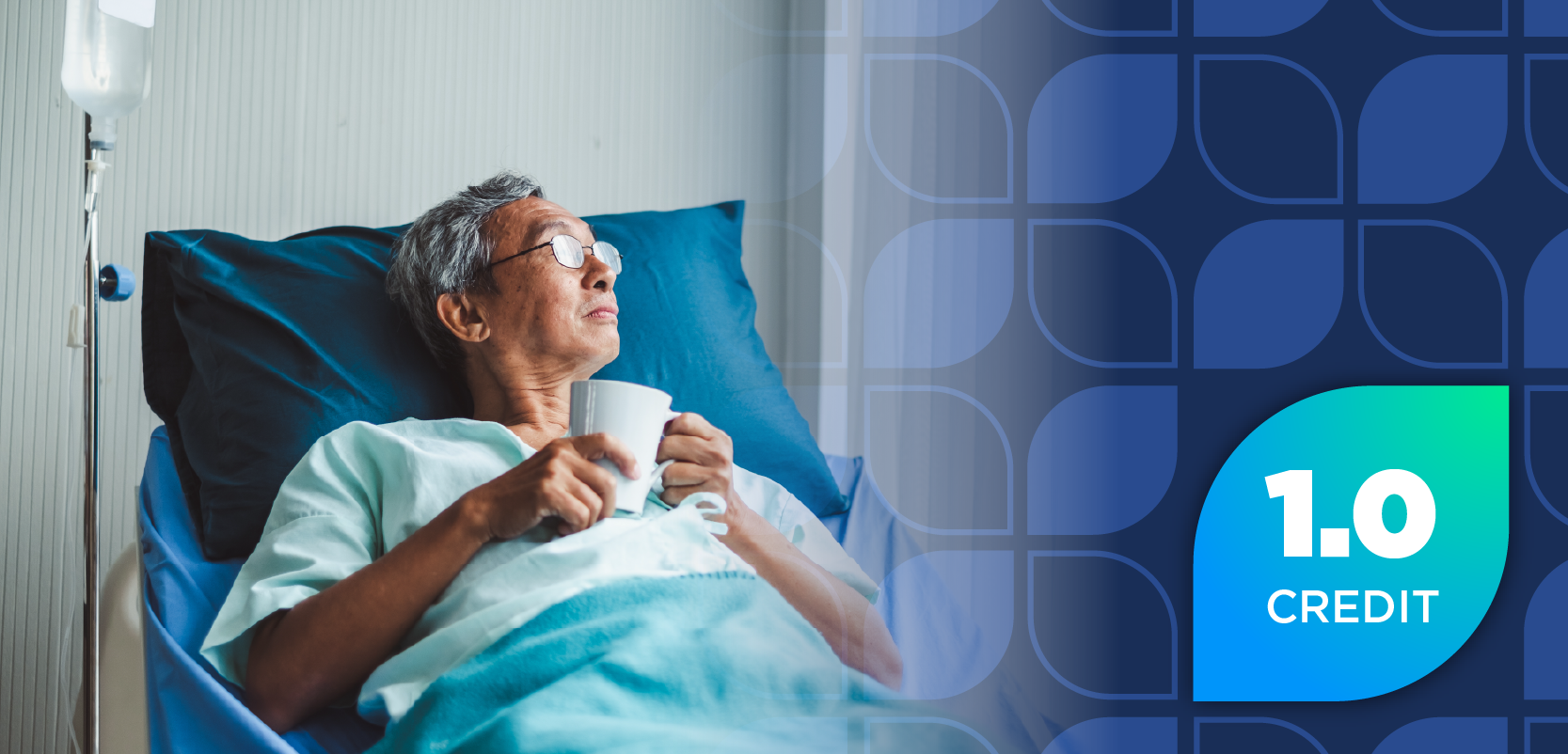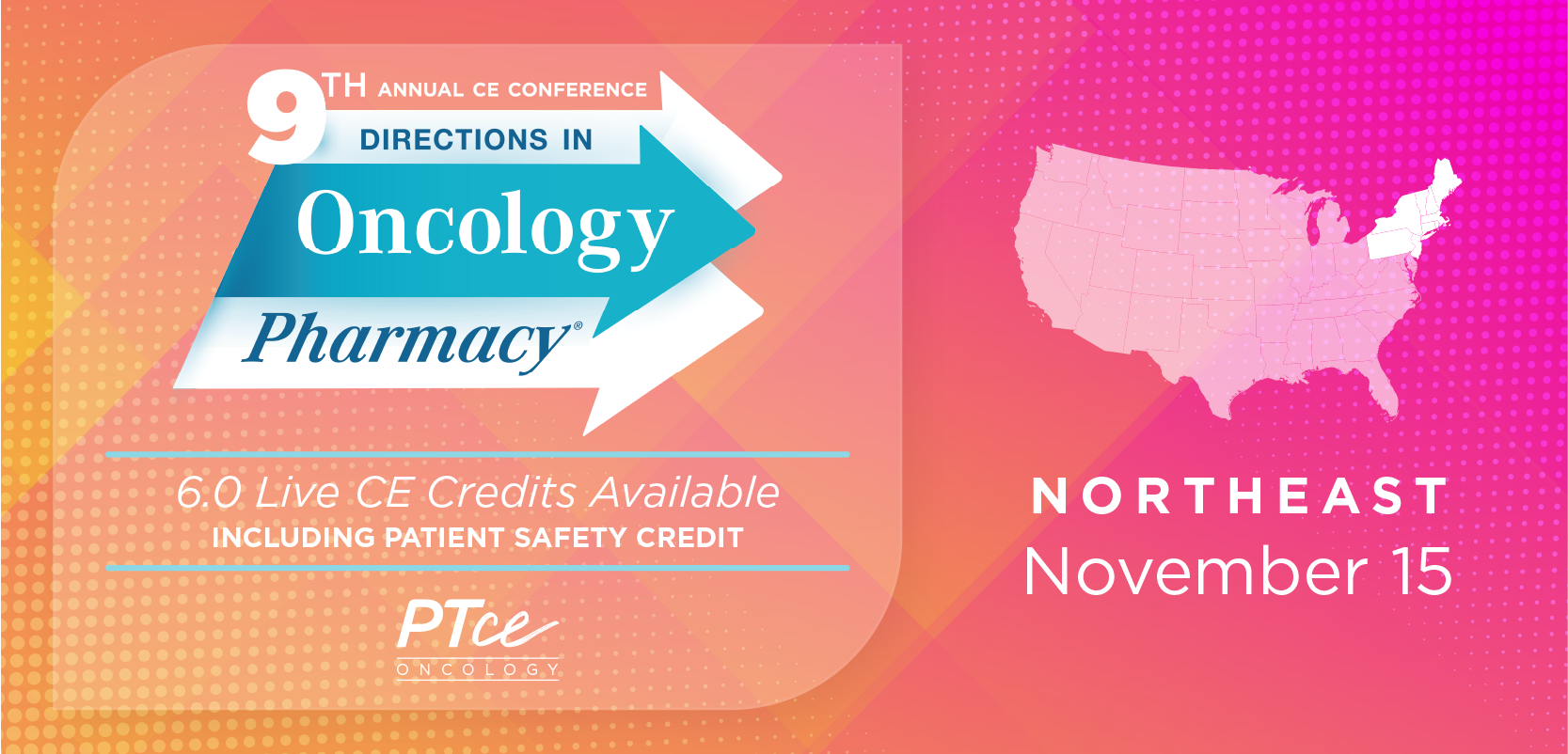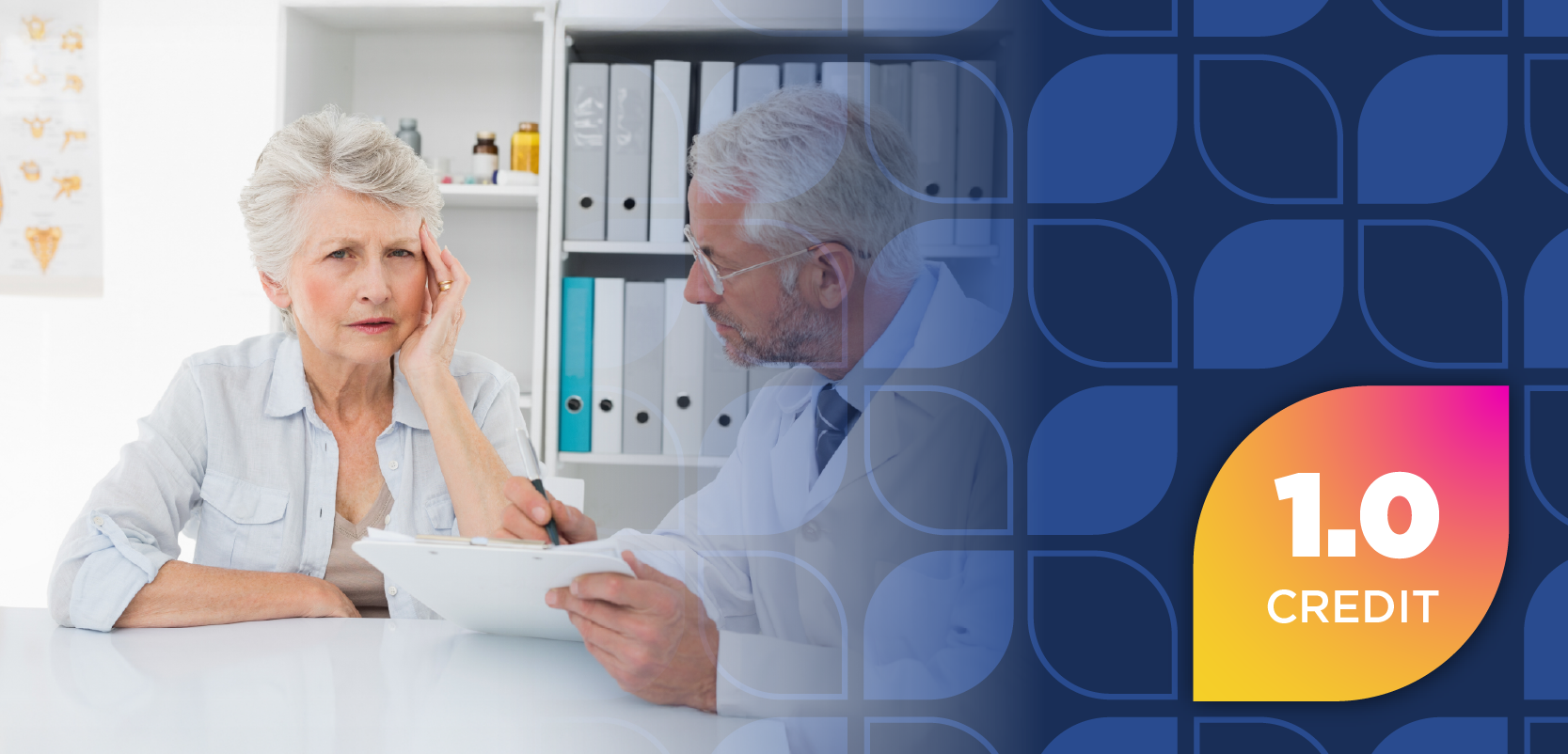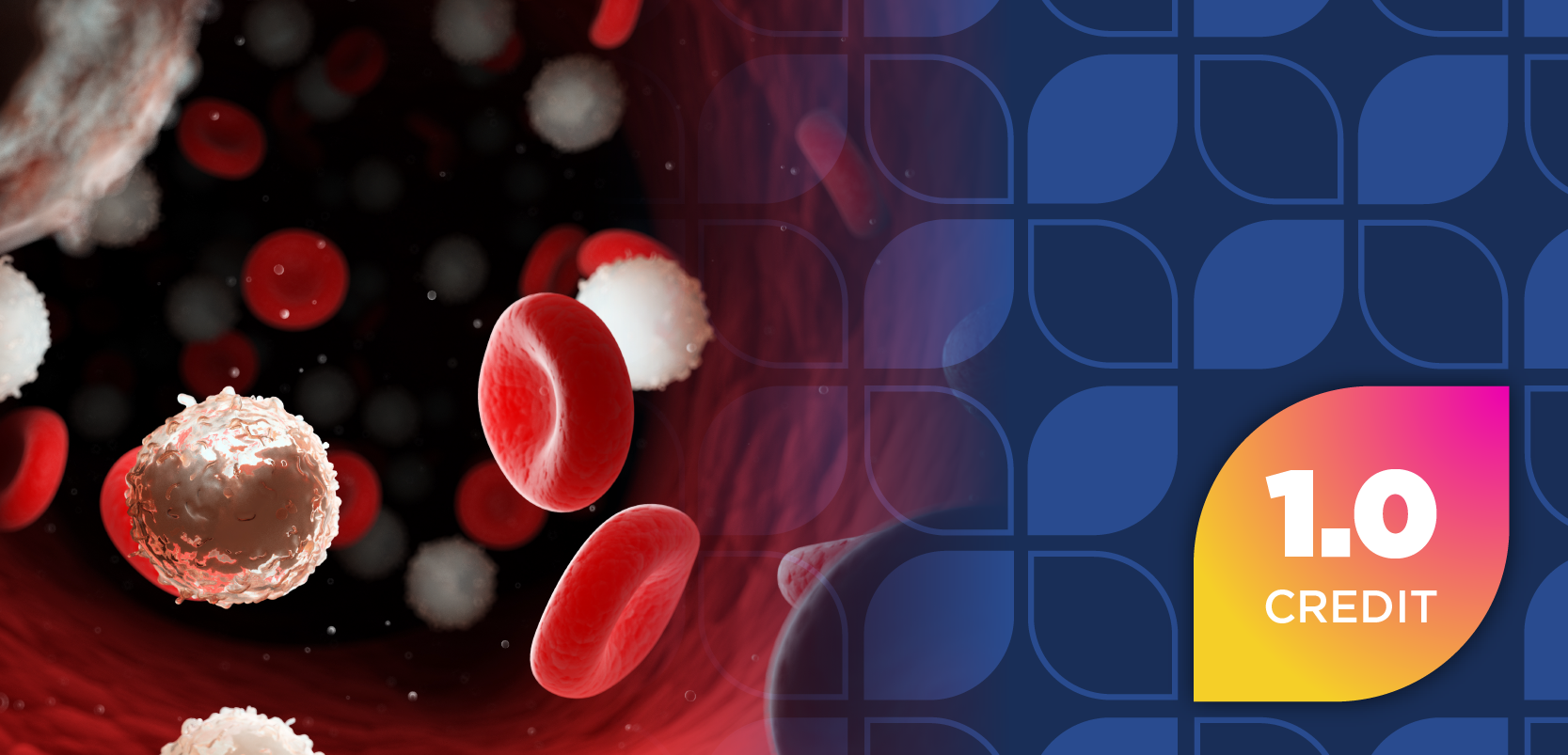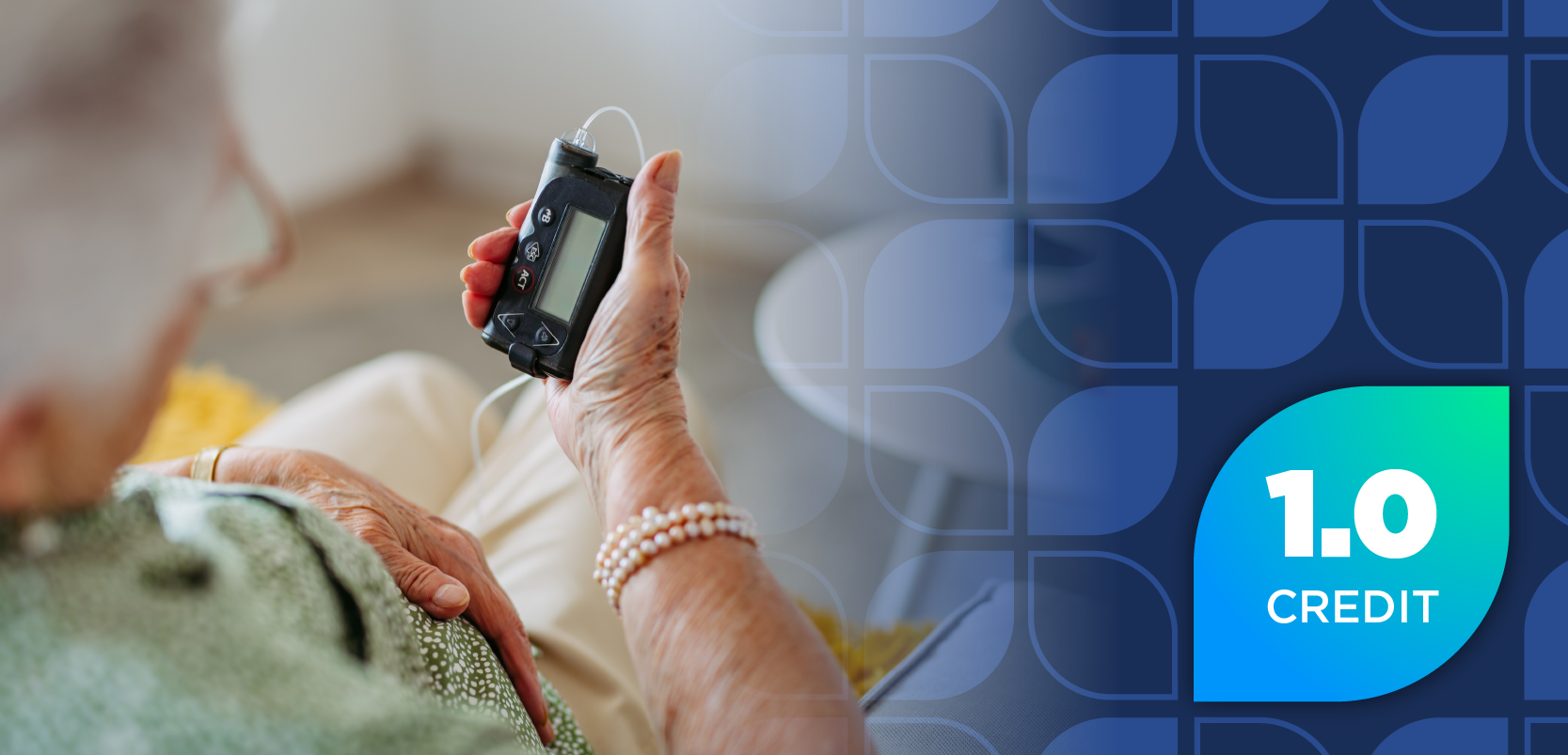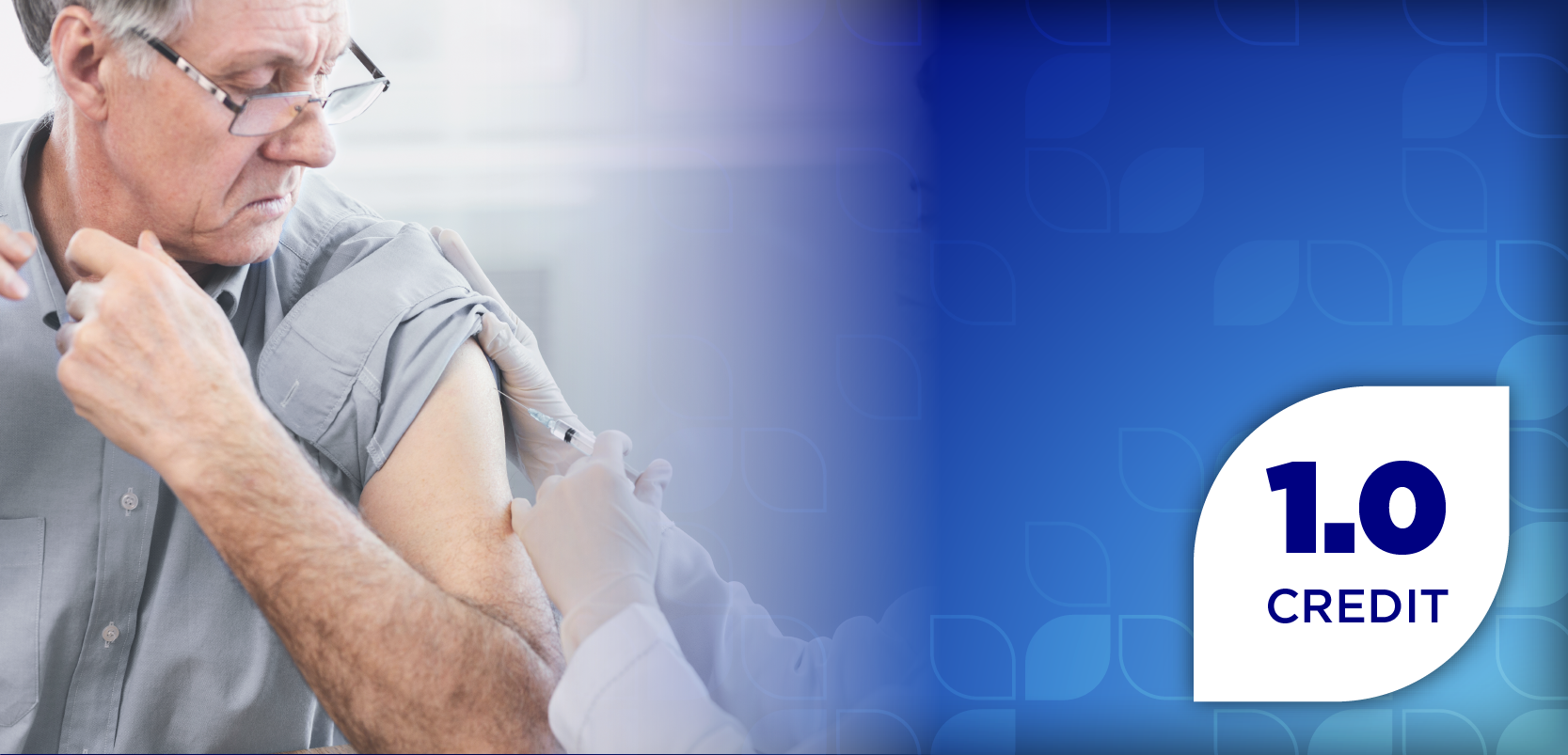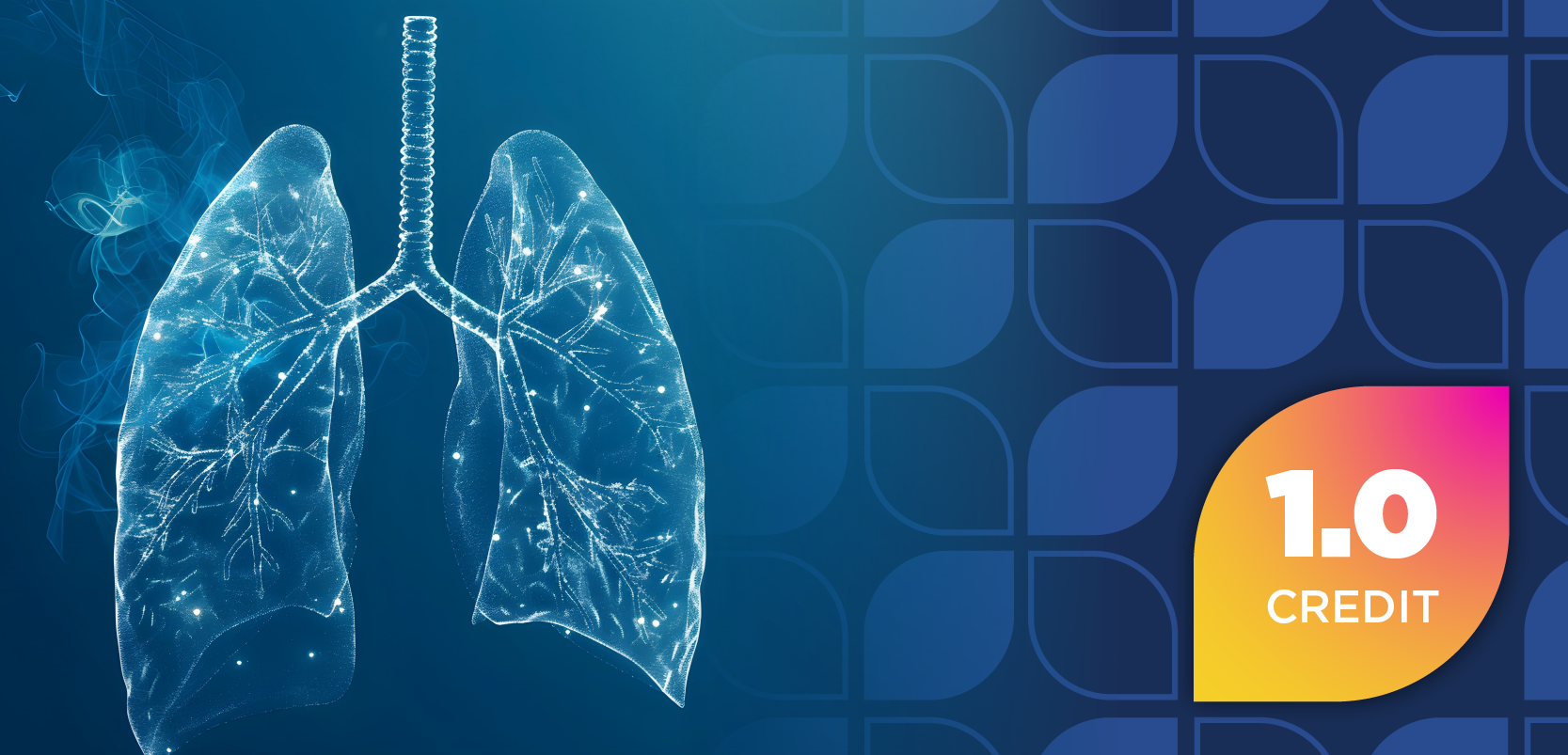
Expert: Independent Pharmacies Face Growing Disadvantages Under the 340B Contract Pharmacy Model
An expert shares how 340B puts independent pharmacies at a competitive disadvantage.
In an interview with Pharmacy Times®, Shawn Gremminger, president and CEO of the National Alliance of Healthcare Purchaser Coalitions, discussed how the 340B program was originally intended to support independent pharmacies, but its expansion has largely shifted contracts to big chains and mail-order pharmacies, leaving independents at a disadvantage. He noted that covered entities can buy drugs at deep discounts and resell them at higher commercial rates, generating significant profits in partnership with contract pharmacies. According to Gremminger, pharmacies inside the 340B space benefit from strong margins, while those outside—especially independents without PBM affiliations—struggle with underpayment. He added that pharmacists often face difficult situations when 340B incentives lead to prescribing higher-priced drugs, even when lower-cost alternatives may be more effective.
Pharmacy Times: How have 340B contract pharmacy networks impacted competition for independent pharmacies?
Shawn Gremminger: When contract pharmacy as a concept was created by HRSA, the original intent—and actually a lot of the original contract pharmacies that came into being—was independent pharmacies. They were often located geographically very close to the covered entity. That was in an era when each covered entity could only have a single contract pharmacy, just one total. That’s changed significantly over the last 5–10 years.
Particularly now that there’s an unlimited number of contract pharmacies, most of the time covered entities find that it’s advantageous and easier to contract with a large pharmacy network—so a CVS, a Walgreens, or a combination of those. This means that independent pharmacies have largely been excluded from being in the contract pharmacy world. That’s a broad description; there are certainly independent contract pharmacies. But the impact is that they don’t have access to the kind of lucrative business that we see in the larger chains.
We’ve also seen a lot of movement into mail-order pharmacies for 340B drugs, which most independent pharmacies are not able to do. So it really puts them at yet another competitive disadvantage compared to the large chains.
Pharmacy Times: How does 340B’s “buy low, sell high” model distort drug market pricing for pharmacies, especially for commercially insured patients?
Gremminger: The fundamental way in which 340B works is exactly as you described. Covered entities—hospitals, health systems, community health centers, and others—are able to buy at a deep statutory discount and then sell to the commercial market, to my members, employers, and purchasers, at a substantially higher price. The covered entity makes money based on that spread, and they share some of it with the contract pharmacy that helped them gain that volume.
What it means is that you have pharmacies making a lot of their money in the 340B space. The margins on a 340B drug for a contract pharmacy can be pretty significant. So if you’re in that space, you’re actually doing pretty well; this program is working for you.
If you’re not in that space—if you can’t access the contract pharmacy market—you’re being disadvantaged significantly. Independent pharmacies, in particular, and those that don’t own or aren’t directly affiliated with PBMs, are being substantially underpaid for drugs. That continues to be the case in the commercial market.
So, we’re starting to see a clear divide: if you’re in 340B, you’re probably doing okay. If you’re not, you’re probably suffering pretty substantially.
Pharmacy Times: What are the implications for pharmacists when 340B incentives encourage prescribing higher-priced medicines?
Gremminger: It’s a challenge. Unlike the prescribing physician, in many cases pharmacists know what the price of the drug is. They certainly know their purchase price, and they often know the price for the end purchaser.
They are put into an awkward situation where they find themselves dispensing drugs that they know, in many cases, are overpriced or less effective than alternatives. It’s unclear whether this is a conscious decision by prescribers at 340B-covered entities or whether something else is at play.
But the numbers speak for themselves. We know definitively that if you go to a 340B covered entity, you are more likely to be prescribed a higher-priced drug, more likely to be prescribed more drugs, and more likely to see those drug prices marked up higher than elsewhere.
It’s unclear exactly how much the prescribing doctors are involved in this, but the financial motivation is clear. The end result is very clear as well.
Newsletter
Stay informed on drug updates, treatment guidelines, and pharmacy practice trends—subscribe to Pharmacy Times for weekly clinical insights.






